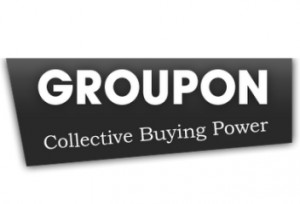LG’s 100-Inch QNED evo AI TV Redefines Big-Screen Viewing in South Africa In a bold leap forward for home entertainment, LG Electronics South Africa…
The startling rise of Groupon, and predictions of the fall [Infographic]
 Groupon and the collective-buying model that it spawned is the darling of social web. The company began in the United States in 2008 and has grown rapidly to include 38 different territories, all offering the basic deal-of-the-day model to more than 35-million registered users. It gained instant fame when it declined a purchase offer of US$6-billion from Google.
Groupon and the collective-buying model that it spawned is the darling of social web. The company began in the United States in 2008 and has grown rapidly to include 38 different territories, all offering the basic deal-of-the-day model to more than 35-million registered users. It gained instant fame when it declined a purchase offer of US$6-billion from Google.
In case you still don’t know, Groupon’s business model works like this:
- You reserve your deal by clicking the “Buy Now” button and entering your credit card details.
- Once the required number of people have signed up to the daily offer, the deal is on.
- If the required number of people sign up then the deal is closed. Only at that point will they charge your credit card for the deal. Once the payment is completed you will receive the voucher by e-mail or by post within 14 working days.
- If not enough people sign up, the deal is canceled and you will not be charged a cent.
For every deal that is closed, Groupon takes a commission.
Writing on its blog, Groupon has announced plans for “Facebook integration and mobile redemption” which should continue its expansion as a global e-commerce player to be reckoned with.
The following infographic lays out in a clear, comprehensible fashion how Groupon came about, how well it’s doing and the possible factors which may one day lead to its downfall.
After studying this infographic, you’ll be able to amaze your friends with your clear and conscise grasp of Groupon and the phenomenon of social buying.

